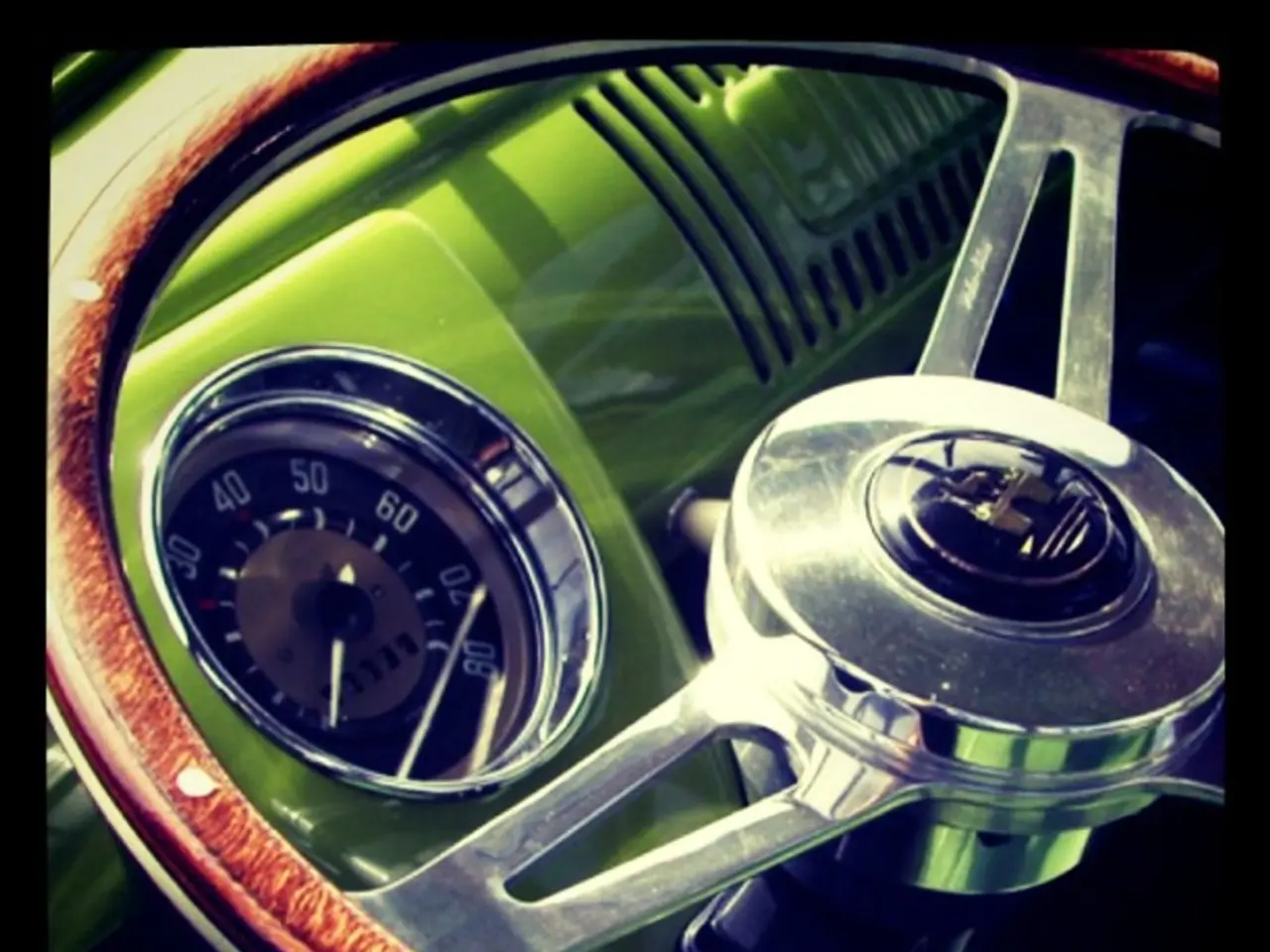Modern automobiles are reintroducing manual controls, with an emphasis on tactile button interfaces.
Rachel Plotnick, an Associate Professor at Indiana University Bloomington, has been studying the tactile resurgence in devices for years. Her insights are now guiding companies eager to strike the right balance between touchscreens and physical controls, particularly in the automotive industry.
In the context of driving, the limitations of touchscreens become starkly apparent. They demand visual engagement, which can distract drivers from the road. This is why Plotnick advocates for a harmonious integration of touchscreens and physical buttons, tailored to the specific demands of driving.
Physical controls offer a greater range of tactility and feedback, allowing drivers to operate essential functions by feel rather than sight. Essential, time-sensitive functions benefit from the immediacy and intuitiveness of physical buttons. By employing a hybrid interface, automakers can leverage the strengths of both modalities.
These elements are migrating back to the centre console, rescued from the depths of complex touchscreen menus. This tactile interaction reduces cognitive load and enhances safety, enabling drivers to adjust settings without diverting their eyes. As the industry moves away from an over-reliance on touchscreens, the ultimate goal is enhancing driver experience without compromising safety.
Physical buttons mitigate the risk of distraction caused by touchscreens while driving. This is why Mercedes-Benz and Volkswagen have recently reintroduced physical buttons, switches, and knobs into their vehicle interiors. Mercedes has started with models like the CLA Shooting Brake and GLC, adopting a redesigned steering wheel with numerous haptic controls. The aim is to balance touchscreens with physical elements based on data showing that physical controls reduce distraction and improve intuitive operation.
Several automakers are reintroducing physical controls for critical functions like climate adjustment and audio volume. This reintroduction of physical buttons represents a newfound commitment to practicality and user-centric design.
However, not all manufacturers are on board with this shift; companies like Tesla continue to champion a touchscreen-centric approach. Touchscreens can manage less critical tasks like navigation and entertainment, where visual interaction is acceptable. Buttons don't necessarily replace screens but work alongside them, reducing the overreliance on visual interaction.
This divergence highlights an ongoing debate within the industry about the optimal balance between digital innovation and practical usability. Plotnick posits that "screen fatigue" might be a driving factor in the shift towards physical buttons, suggesting that digital fatigue may be influencing the comeback of physical controls in consumer devices, particularly cars.
As the automotive industry continues to evolve, it's clear that the debate between touchscreens and physical controls will persist. Yet, the focus remains on enhancing driver experience while ensuring safety on the road.
Read also:
- Fructose Market Forecasted to Exceed $8.1 Billion by 2034
- Senate Tillis under spotlight in North Carolina as IRA tax incentives remain uncertain
- projected growth for the natural acetoin market: $291.6 million by 2034
- Aston Martin could potentially fit the Valkyrie race car with a straight pipe exhaust system.








